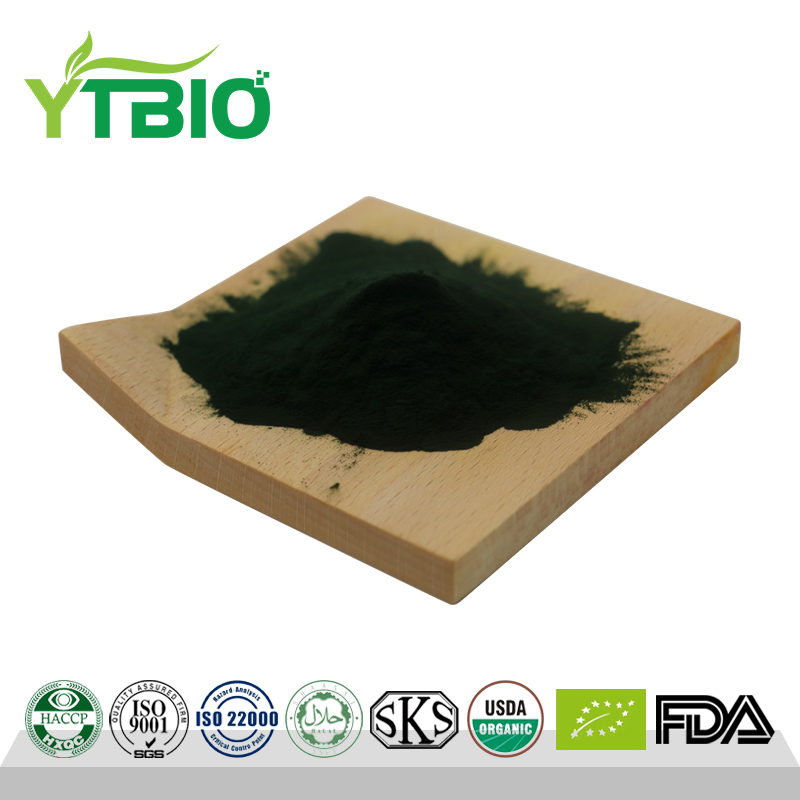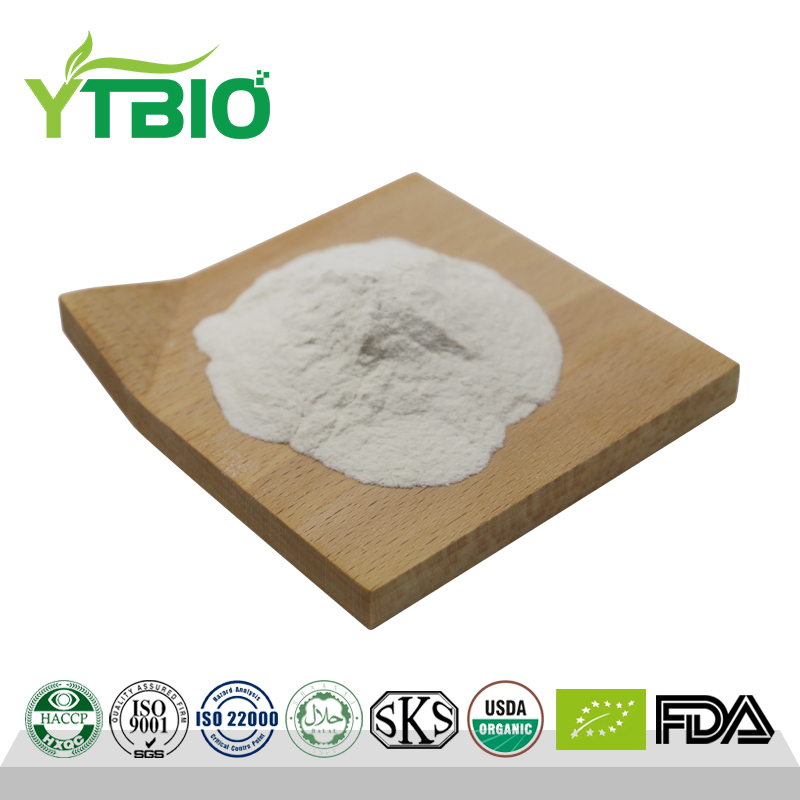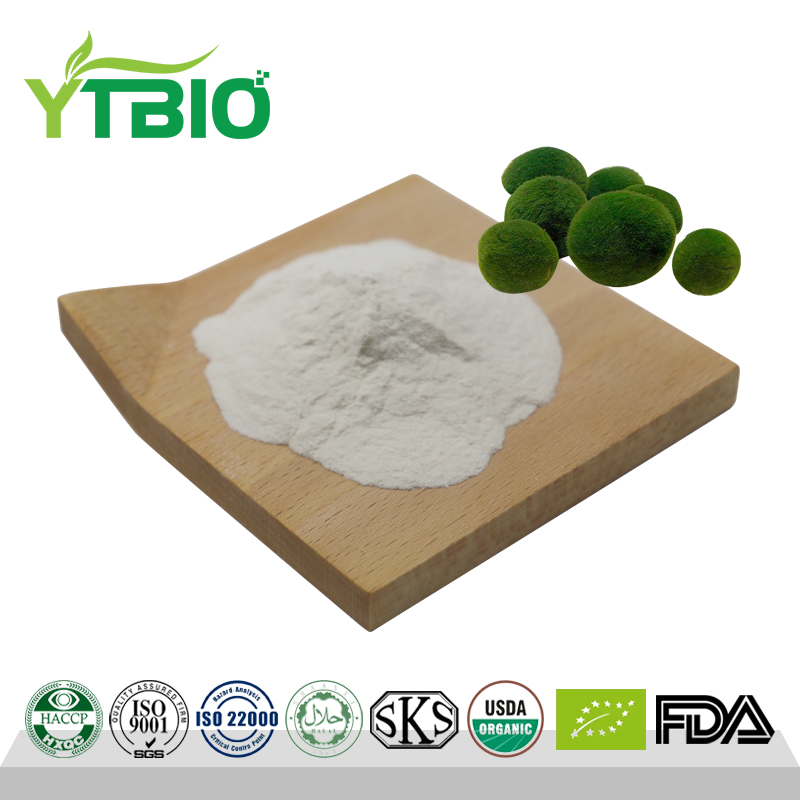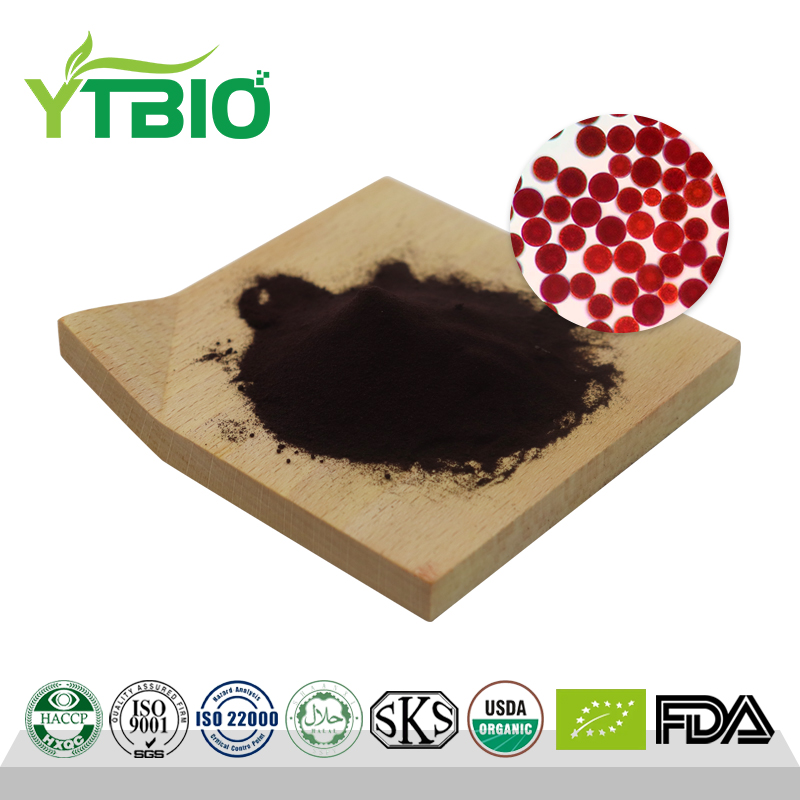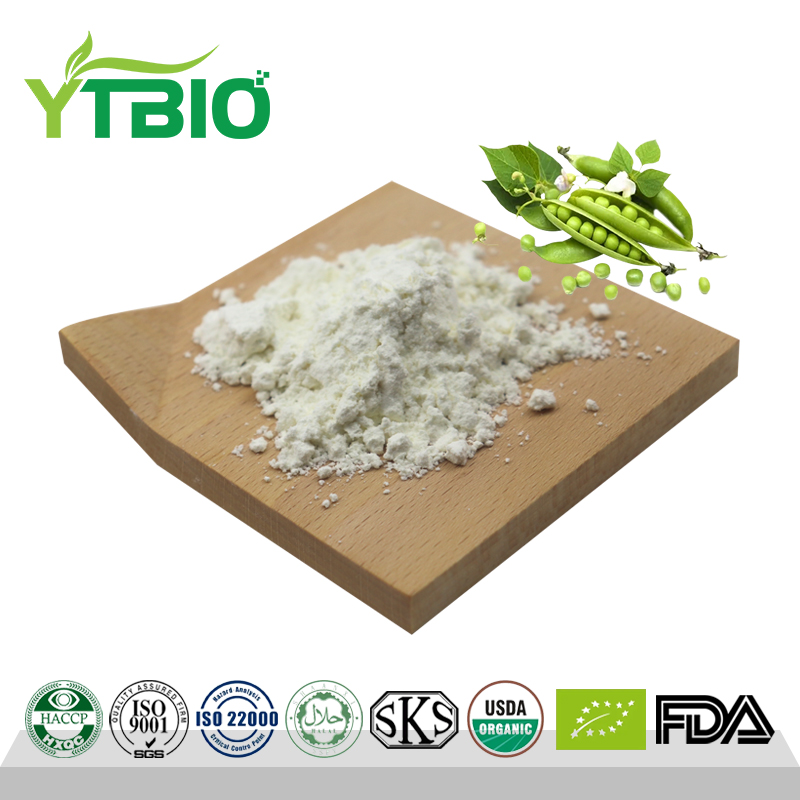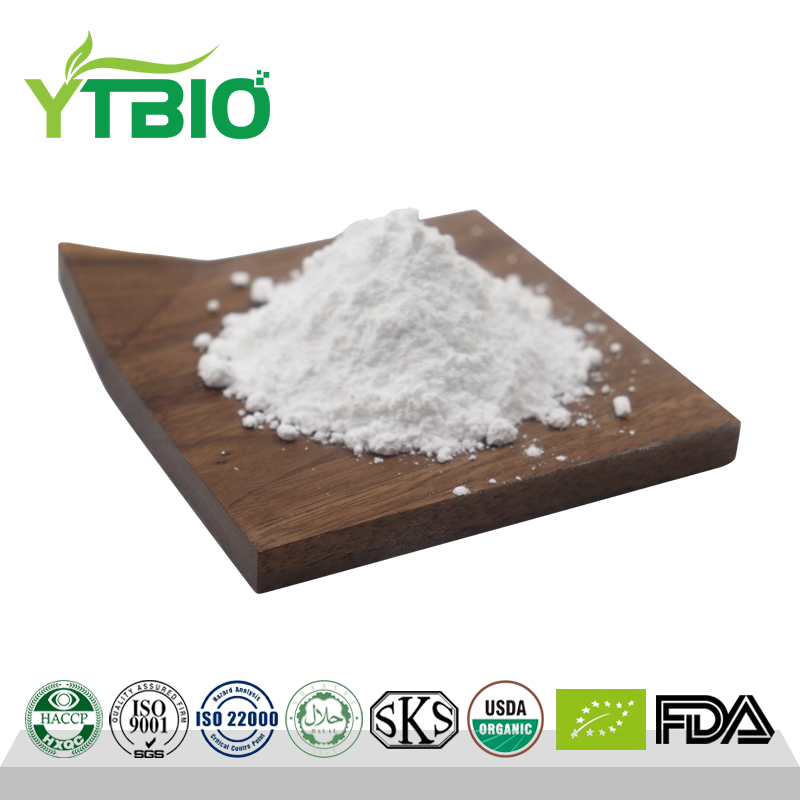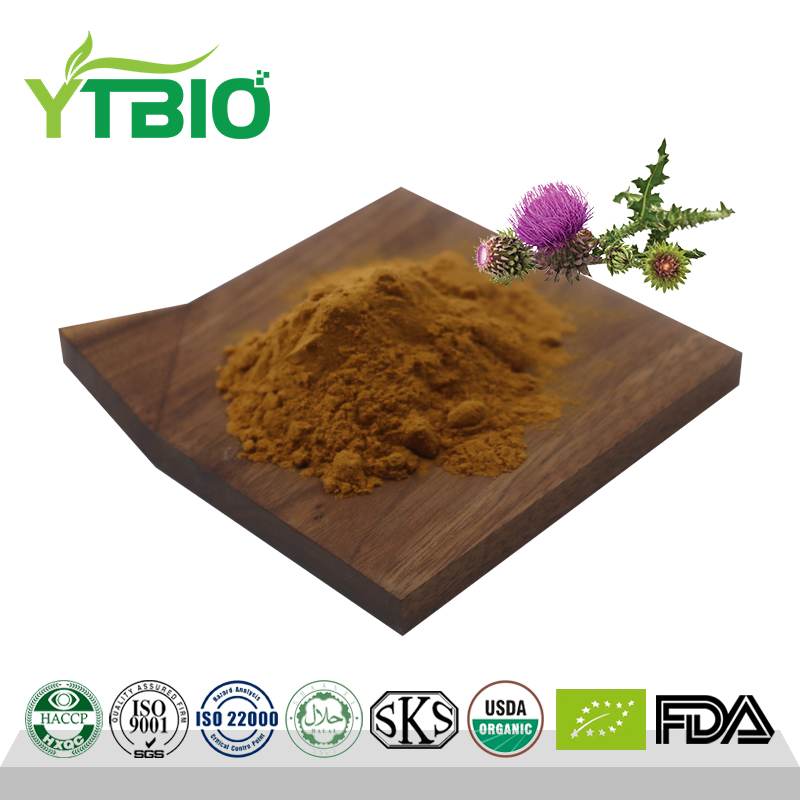E80,E568 sodium copper chlorophyllin powder
What is sodium copper chlorophyllin?
Sodium coppe chlorophylin is a dark green powder. It is made from natural green plant tissues, such as silkworm dung, clover, alfalfa, bamboo and other plant leaves as raw materials, and uses organic solvents such as acetone, methanol, ethanol, and petroleum ether. Extract, replace the magnesium ion in the center of chlorophyll with copper ions, and saponify it with alkali. The carboxyl group formed after removing the methyl and phytol groups becomes disodium salt. Therefore, chlorophyll copper sodium salt is a semi-synthetic pigment. Chlorophyll series pigments similar to their structures and production principles include chlorophyll iron sodium salt, chlorophyll zinc sodium salt, etc.
Easily soluble in water, insoluble in grease. The aqueous solution is blue-green, transparent, and has no precipitation. Acidity will precipitate out. Slightly soluble in ethanol. Its light resistance is stronger than chlorophyll, and it decomposes when heated to above 110°C. It can be used for pastry coloring, the dosage is limited to 1g/kg.
Efficacy and application
Food additives
Research into bioactive substances in plant foods has shown a strong link between increasing fruit and vegetable consumption and a decline in diseases such as cardiovascular disease. Chlorophyll is one of the natural biologically active substances. As a chlorophyll derivative, metalloporphyrin is the most unique of all natural pigments and has a wide range of uses.
Since natural chlorophyll is easily decomposed when exposed to heat, light, acid, alkali, etc., and is insoluble in water, its application is limited. Therefore, the structure of natural chlorophyll is modified into a stable metalloporphyrin structure. The application fields of metalloporphyrins are constantly expanding and attracting much attention. As a kind of metalloporphyrin, sodium copper chlorophyllin salt has high stability. Metalloporphyrins are widely used in food additives, cosmetic additives, colorants, pharmaceuticals, photoelectric conversion materials and other fields. Since copper sodium salt of chlorophyll is converted from chlorophyll, and natural chlorophyll has two structures, its sodium copper salt has a more complex composition and structure. In practice, only expressing copper sodium salt by molecular formula has its shortcomings compared with its wide application. Chlorophyll copper sodium salt has received special attention as a metalloporphyrin.

Cosmetic
Can be added to cosmetics as a coloring agent. Chlorophyll copper sodium salt is a dark green powder, odorless or slightly odorless. The aqueous solution is transparent emerald green, which becomes darker as the concentration increases. It is light and heat resistant and has good stability. The pH of 1% solution is 9.5~10.2. When the pH is below 6.5, precipitation may occur when encountering calcium. Slightly soluble in ethanol. It is easy to precipitate out in acidic drinks. It is more photostable than chlorophyll and will decompose when heated above 110°C. Due to its stability and low toxicity, sodium copper chlorophyllin salt is widely used in the cosmetics industry.
Textile
With the strengthening of people's environmental awareness and the increasing emphasis on health, more and more attention has been paid to the negative effects of synthetic dyes used in textile dyeing on human health and the ecological environment. Pollution-free green natural dyes are used to dye textiles. It has become the research direction of many scholars. There are few natural dyes that can dye green, and sodium copper chlorophyllin salt is a food-grade green pigment and a natural chlorophyll derivative. The extracted chlorophyll can be refined through saponification, copperization and other reactions. It is a highly stable metalloporphyrin, appearing as dark green powder with a slight metallic luster.
Medical applications
Applied research in the medical field has bright prospects because it has no toxic side effects. When treating wounds, a paste made from sodium copper chlorophyllin can speed wound healing. Used as air freshener in daily life and clinical practice.
Free radical scavenging, antioxidant effect. Some researchers have studied the components that play a role in copper sodium salt. The results are that there are two types with larger content, but they have not pointed out which structure plays the role. Since chlorophyll copper sodium salt has the effect of scavenging free radicals, research is considering adding it to cigarette filters to remove various free radicals in smoke, thereby reducing the harm to the human body.
Photoelectric conversion
The development of organic dye-sensitized wide-bandgap semiconductor photovoltaics began in the 1990s. The photoelectrode of the dye-sensitized photoelectrochemical substrate model includes a wide-bandgap porous large-surface-area semiconductor, with dyes sensitive to the visible spectrum adsorbed on its surface. Because Ultra Particle Film (UPF) has the characteristics of large surface area and porosity, rapid progress has been made in constructing efficient photoelectrochemical substrates on UPF crystal electrodes. Some researchers have prepared a SnO2 ultrafine particle thin film photoelectrochemical substrate model, using chlorophyll copper sodium salt as the sensitizer, I - / I 3- as the redox couple, designed and produced a sandwich structure photoelectrochemical substrate, and studied its photoelectric conversion mechanism.



